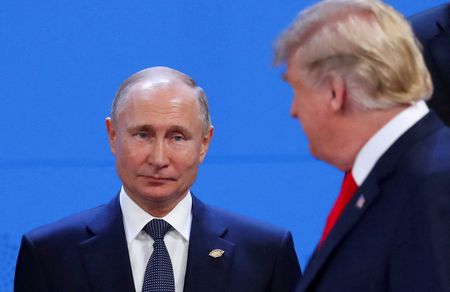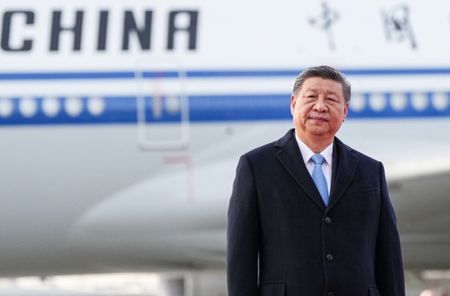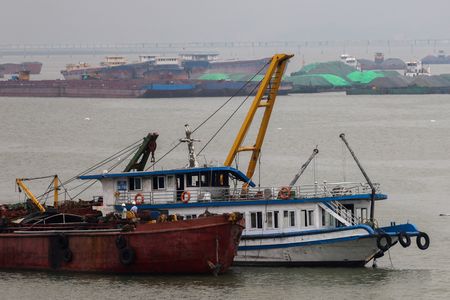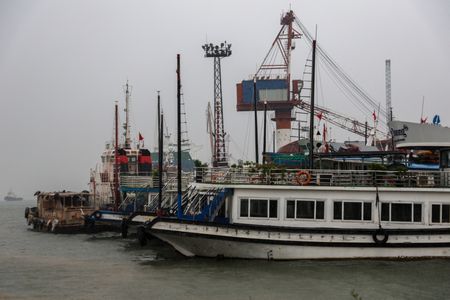HONG KONG (Reuters) – China has urged the Philippines to withdraw the United States’ “Typhon” intermediate range missile, the defence ministry said on Friday, accusing the Southeast Asian nation of breaking its “promises” by introducing the missile system.
The system is part of a U.S. drive to amass a variety of anti-ship weapons in Asia. The weapon drew sharp criticism from China when first deployed in April 2024 during a training exercise.
The Philippines was not “only giving up its own security and national defence to others, but also introducing the risks of geopolitical confrontation and arms race into the region,” said Zhang Xiaogang, a spokesman for the Chinese defence ministry.
The missile system is a “strategic offensive weapon” and the Philippine side had “repeatedly broken its promises and catered to the U.S. side in introducing this system,” he added.
The comments came as Jonathan Malaya, a spokesperson for the Philippines National Security Council, told a press conference the Typhon missile was only meant for defence, and that the Philippines had never promised to withdraw the Typhon missile.
The Philippines “adheres to its pacifist constitution which renounces war as an instrument of national policy,” Malaya said.
The Philippines embassy and the U.S. embassy in Beijing did not immediately respond to requests for comment.
The U.S. military moved its Typhon launchers – which can fire multipurpose missiles distances of up to thousands of kilometres – from Laoag airfield in the Philippines to another site on the island of Luzon, Reuters reported in January.
The Tomahawk cruise missiles in the launchers can hit targets in both China and Russia from the Philippines, while the SM-6 missiles it also carries can strike air or sea targets more than 200 km (165 miles) away.
(Reporting by Farah Master and the Beijing newsroom; Additional reporting by Mikhail Flores in Manila; Editing by Clarence Fernandez)








